What the landscape you are travelling through means to its people
Southern Africa’s landscapes are more than scenery but connect people to memory, identity, and spirituality across cultures and generations.
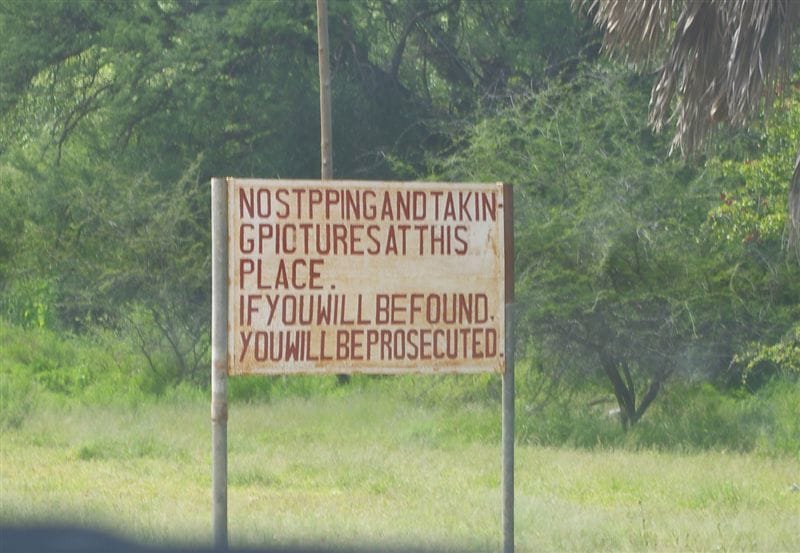
Understanding what a landscape means to its people invites us to see beyond the scenic.
A visitor to the Makgadikgadi Pans might marvel at the salt flats’ vast whiteness. A local guide, however, might tell of ancient lakebeds, migration routes, or the spirits of ancestors that still wander the horizon. The physical and the metaphysical are inseparable here.
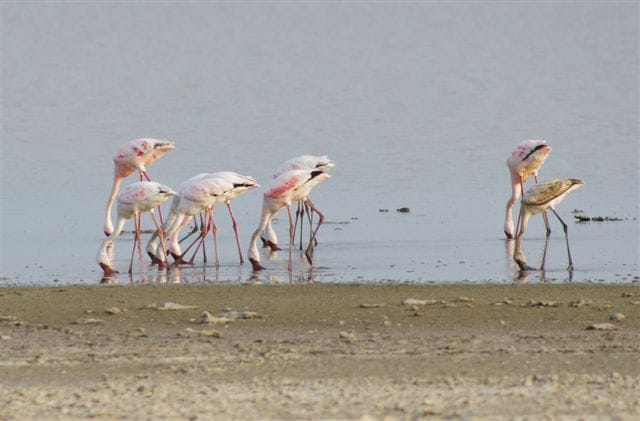
Across Southern Africa, people have shaped and been shaped by the terrain they inhabit. In Botswana’s Okavango Delta, the annual flood transforms the land into a living mosaic. The people who have long travelled the delta in dugout mokoros read the water like a page. Their movements echo the rhythms of hippos, reed frogs, and lechwe. In this seasonal world, the landscape teaches patience and respect. Floodplains, forests, and islands each hold their own names, meanings, and rituals.
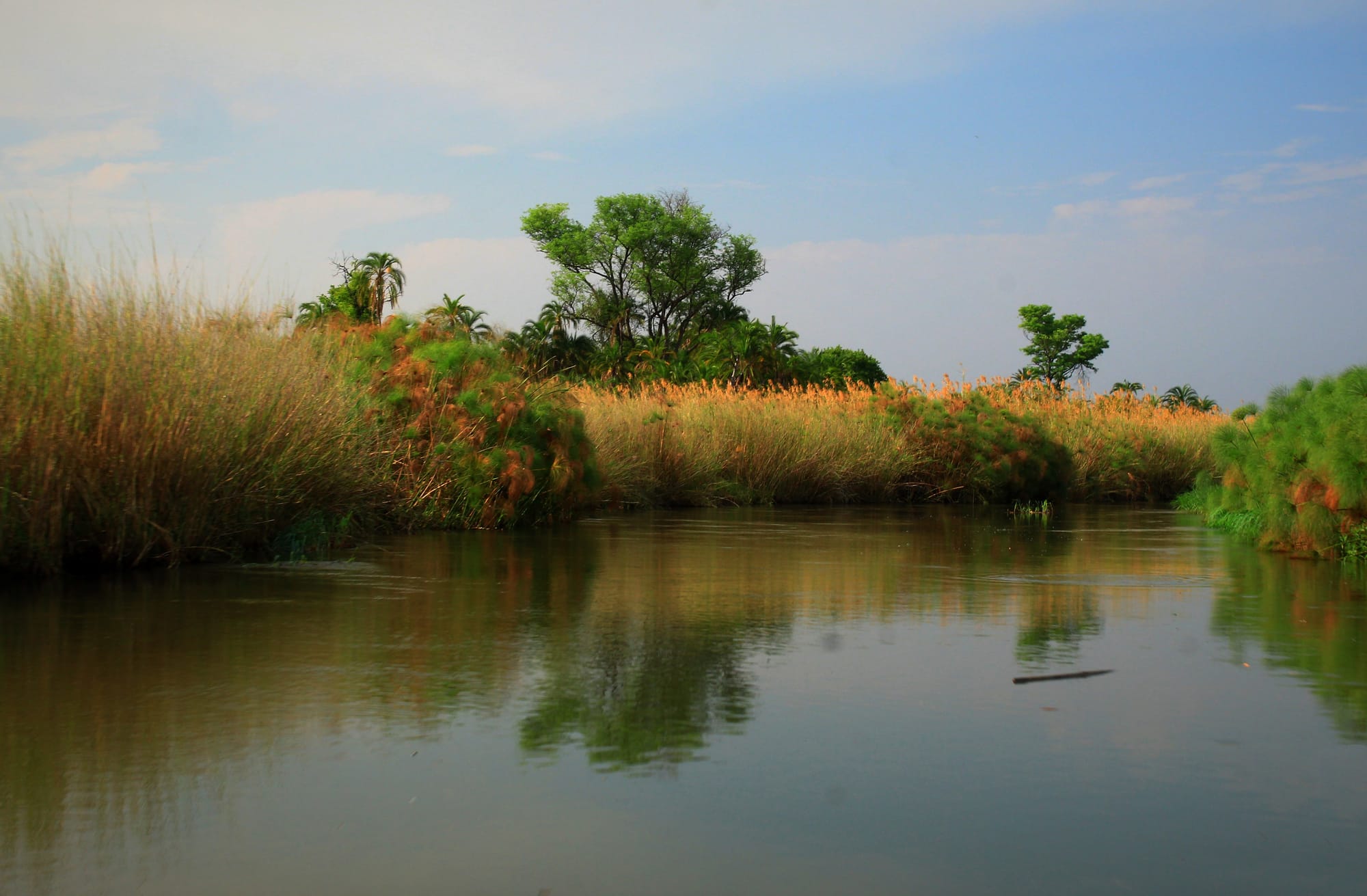

Further east, the Drakensberg Mountains rise like a fortress above the grasslands of KwaZulu-Natal and Lesotho. Here, ancient San rock art adorns cave walls. The paintings, some over two thousand years old, show elands, hunters, and trance dances. These were not decorative. They were expressions of belief, bound to the land and the spirits that dwell within it.
The San people’s relationship with the land was spiritual and symbiotic. The rock shelters offered protection and communion, not merely convenience.
In the Eastern Cape, the amaXhosa speak of “indawo,” a word which means both place and belonging. Rolling hills and winding rivers are not just geographical features. They are part of the oral history, woven into praise poems and family narratives. The Kei River is not simply a body of water. It is a border, a symbol, a witness to generations.
When colonial borders sliced through these landscapes, they cut into more than soil. They disrupted deep-rooted connections. Traditional grazing paths were blocked, sacred sites repurposed, and forced removals fractured families from their ancestral homes.
In South Africa’s Karoo, dispossessed communities still remember the places their grandparents were made to leave. The open plains, once known intimately, became distant and inaccessible.
Yet despite these dislocations, many communities have found ways to reclaim the meaning of the land.
In Namibia, community conservancies have allowed local people to manage and benefit from their natural surroundings. In Zimbabwe, the revival of traditional farming methods, like those used by the Shona in the Highveld, is restoring both soil and cultural pride.
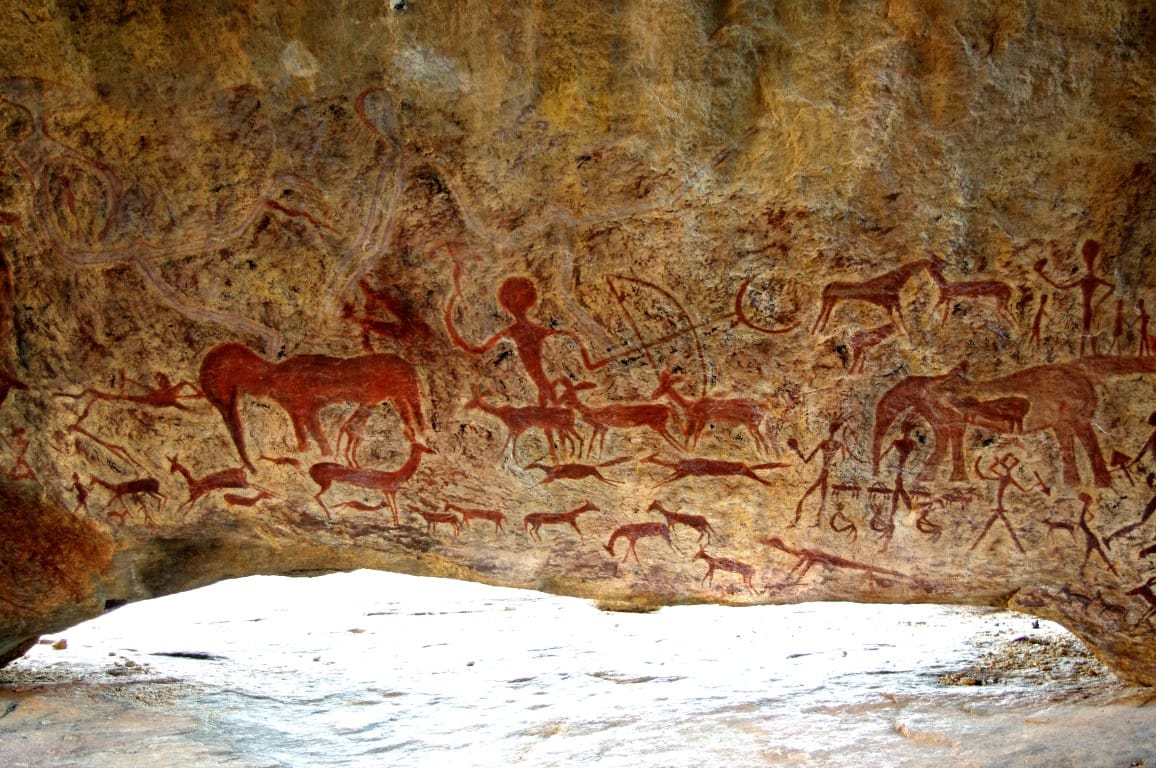
These initiatives are more than conservation. It's acts of reconnection. Travellers who take time to listen, walk slowly, and ask gently will discover stories etched into the earth.
From the fog-drenched cliffs of the Cape Peninsula to the dry savannahs of northern Limpopo, every place carries a pulse. What may appear as silence is often layered with meaning. Each wind-bent tree or carved ravine is part of a living archive.
To travel through Southern Africa is not just to move across land. It is to step into stories, some whispered and some boldly declared. The terrain offers more than beauty. It offers history, loss, survival, and hope. The real landscape is not only the one seen with the eyes but the one held in the hearts of those who call it home.

• 𝙵𝚘𝚛 𝚜𝚝𝚘𝚛𝚢 𝚜𝚞𝚋𝚖𝚒𝚜𝚜𝚒𝚘𝚗𝚜 𝚘𝚛 𝚛𝚎𝚟𝚒𝚎𝚠𝚜, 𝚌𝚘𝚗𝚝𝚊𝚌𝚝 𝙼𝚊𝚛𝚒𝚊𝚗𝚊 𝚟𝚒𝚊 𝚎𝚖𝚊𝚒𝚕 (𝚎𝚍𝚒𝚝𝚘𝚛@𝚝𝚑𝚎𝚝𝚛𝚊𝚟𝚎𝚕𝚝𝚑𝚛𝚎𝚊𝚍.𝚌𝚘.𝚣𝚊).
• 𝙵𝚘𝚛 𝚙𝚊𝚛𝚝𝚗𝚎𝚛𝚜𝚑𝚒𝚙𝚜, 𝚖𝚊𝚛𝚔𝚎𝚝𝚒𝚗𝚐, 𝚘𝚛 𝚌𝚘𝚗𝚝𝚎𝚗𝚝 𝚎𝚗𝚚𝚞𝚒𝚛𝚒𝚎𝚜, 𝚌𝚘𝚗𝚝𝚊𝚌𝚝 𝙰𝚗𝚌𝚑𝚎𝚗 𝚟𝚒𝚊 𝚎𝚖𝚊𝚒𝚕 (𝚊𝚗𝚌𝚑𝚎𝚗@𝚒𝚘𝚕𝚘𝚐𝚞𝚎𝚖𝚎𝚍𝚒𝚊.𝚌𝚘𝚖) 𝚘𝚛 𝚜𝚎𝚗𝚍 𝚊 𝚆𝚑𝚊𝚝𝚜𝙰𝚙𝚙 𝚑𝚎𝚛𝚎.

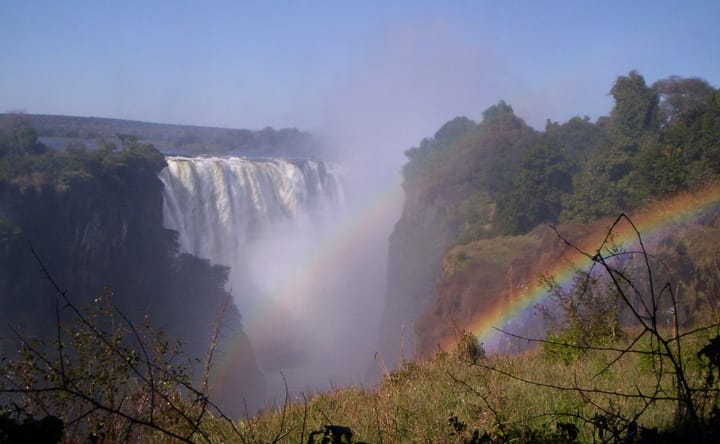
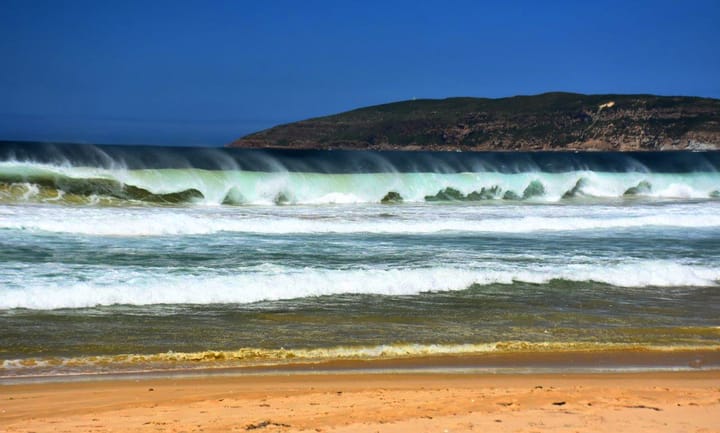
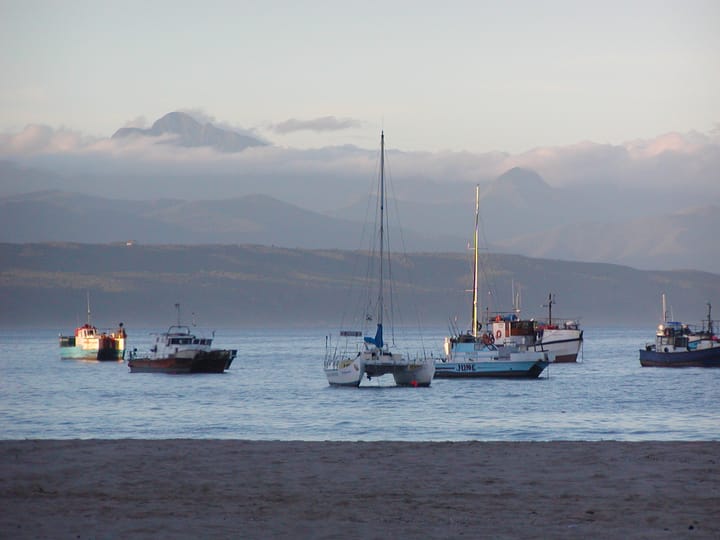
Comments ()